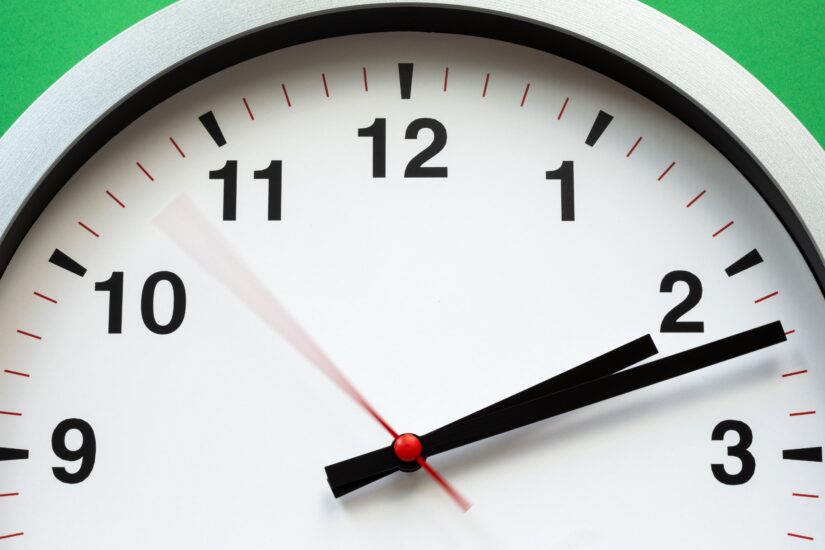Avoid Increased Risks Of Harm In The Days After Daylight Saving Time

Daylight Saving Time (DST), or “spring forward,” is a difficult transition for many people across the country. The time change can lead to a lack of sleep, disruption of circadian rhythms, decreased concentration, and a generally higher risk of accidents.
In fact, Daylight Saving Time has been statistically connected to a 6% increase in fatal accidents across decades of data, an almost 20% increase in medical errors, and a 24% spike in heart-related emergency room visits.
So, what, if anything, can be done to help you get through this transition safely and well-rested (within reason)?
- Go to bed earlier for several nights before and after the time change: Make sure you’re pushing back your bedtime 10-15 minutes each night in the days leading up to the time change to make sure you’re nearly caught up by Sunday. This helps offset the jarring nature of the transition and will leave your body prepared for the coming days after DST sets in, too.
- Spend time outside: One of the primary ways that your body receives signals of wakefulness and tiredness has to do with natural light. If you’re able to spend time outdoors, it can significantly improve your alertness during the day and allow your body to naturally wind down earlier in the evening as a result.
- Take short naps: One or two short naps can help alleviate the sleep deficit that most people experience as a result of DST. Short naps are shown to be more beneficial than long naps because they can increase your mental acuity while staving off grogginess.
- Avoid unnatural light as you wind down for bed: Unnatural light that emanates from televisions, computer screens and cellphones are known to affect how the brain’s chemicals regulate sleep in the short and long term. Turning off the TV and avoiding your cellphone in the hour leading up to bedtime can help you fall asleep faster and stay asleep longer, which will make your “spring forward” transition easier.
- Drive defensively: The number of vehicle accidents spike significantly the day after daylight saving time. This means it is essential to diligently watch your surroundings and avoid interaction with risky drivers when possible. You can’t always escape tired and stressed out motorists, but you can control risk factors in your own car. Don’t follow too closely, check your mirrors regularly, and avoid using your smartphone and other distractions in the vehicle. These are general rules of safety, but the day after DST, they become that much more important.
Get more information about safe driving tips from our blog Winter Driving Tips: How to Avoid an Accident in Bad Weather.
For more information about Lowe Scott Fisher, please visit our website. We offer free initial consultations and contingency-based fee agreements for all clients and hold offices in Cleveland, Lorain and Chardon for your convenience. Contact us today.